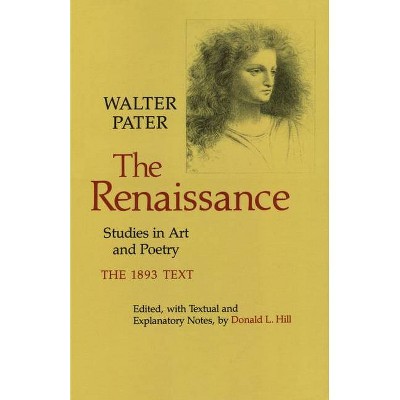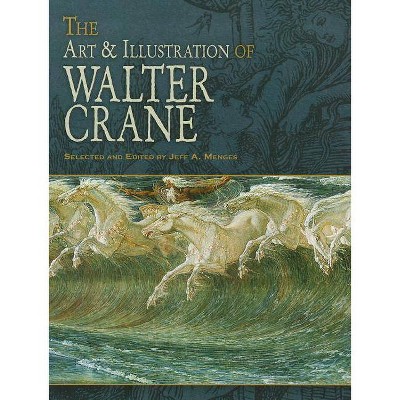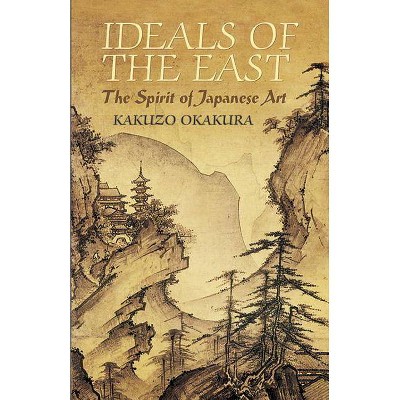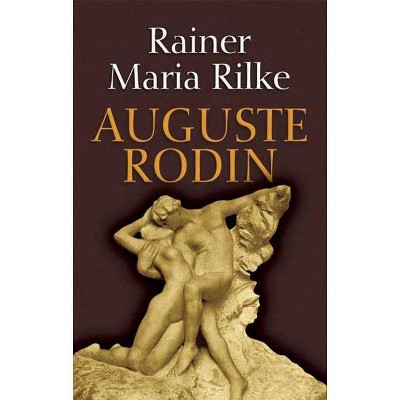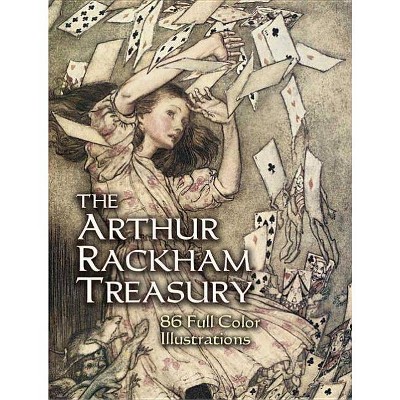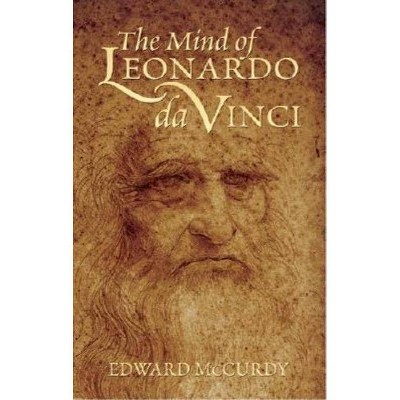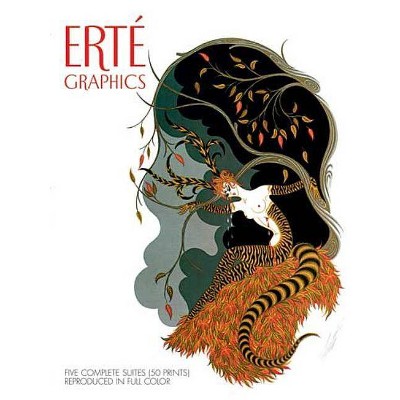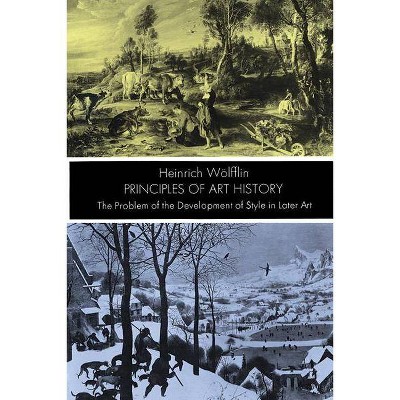The Renaissance - (Dover Books on Art, Art History) by Walter Pater (Paperback)
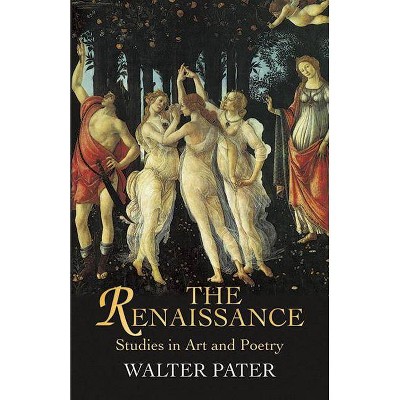
Similar Products
Products of same category from the store
AllProduct info
<p/><br></br><p><b> About the Book </b></p></br></br>Pater's graceful essays discuss the achievements of Botticelli, Leonardo, Michelangelo, and other artists. The book concludes with an uncompromising advocacy of hedonism, urging readers to experience life as fully as possible.<p/><br></br><p><b> Book Synopsis </b></p></br></br><p>The golden book of spirit and sense, the holy writ of beauty. -- Oscar Wilde<br>Published to equal parts scandal and acclaim in 1873, <i>The Renaissance</i> inspired a generation of Oxford undergraduates, who adapted its credo of arts for art's sake for their Aesthetic Movement. Combining the skepticism of empirical philosophy, the materialism of 19th-century science, and the determinism of evolutionary theory, this book defies categorization and endures as an innovative example of cultural criticism.<br>An Oxford don who led a quiet scholarly life, Walter Pater was shocked at the reactions his writings provoked. (I wish they would not call me a hedonist, he remarked, it gives such a wrong impression to those who do not know Greek.) His essays on the individuals he viewed as embodiments of the Renaissance spirit encompass artists whose careers span the Middle Ages through the 18th century. Pater's elegant, fluid prose examines the works of Pico della Mirandola, Leonardo, Michelangelo, Botticelli, and others. He crowns his compendium of reflections with his notorious Conclusion, in which he asserts that to burn always with this hard, gemlike flame, to maintain this ecstasy, is success in life.<br>One of Victorian England's most talked about books, <i>The Renaissance</i> exerted a crucial influence on the art criticism of the past century, and it remains a work of unusual importance to those interested in art history and English literature.<p/><br></br><p><b> From the Back Cover </b></p></br></br><p>The golden book of spirit and sense, the holy writ of beauty.--Oscar Wilde<br>Published to equal parts scandal and acclaim in 1873, <i>The Renaissance</i> inspired a generation of Oxford undergraduates, who adapted its credo of arts for art's sake for their Aesthetic Movement. Combining the skepticism of empirical philosophy, the materialism of 19th-century science, and the determinism of evolutionary theory, this book defies categorization and endures as an innovative example of cultural criticism.<br>An Oxford don who led a quiet scholarly life, Walter Pater was shocked at the reactions his writings provoked. (I wish they would not call me a hedonist, he remarked, it gives such a wrong impression to those who do not know Greek.) His essays on the individuals he viewed as embodiments of the Renaissance spirit encompass artists whose careers span the Middle Ages through the 18th century. Pater's elegant, fluid prose examines the works of Pico della Mirandola, Leonardo, Michelangelo, Botticelli, and others. He crowns his compendium of reflections with his notorious Conclusion, in which he asserts that to burn always with this hard, gemlike flame, to maintain this ecstasy, is success in life.<br>One of Victorian England's most talked about books, <i>The Renaissance</i> exerted a crucial influence on the art criticism of the past century, and it remains a work of unusual importance to those interested in art history and English literature.
Price History
Price Archive shows prices from various stores, lets you see history and find the cheapest. There is no actual sale on the website. For all support, inquiry and suggestion messages communication@pricearchive.us
